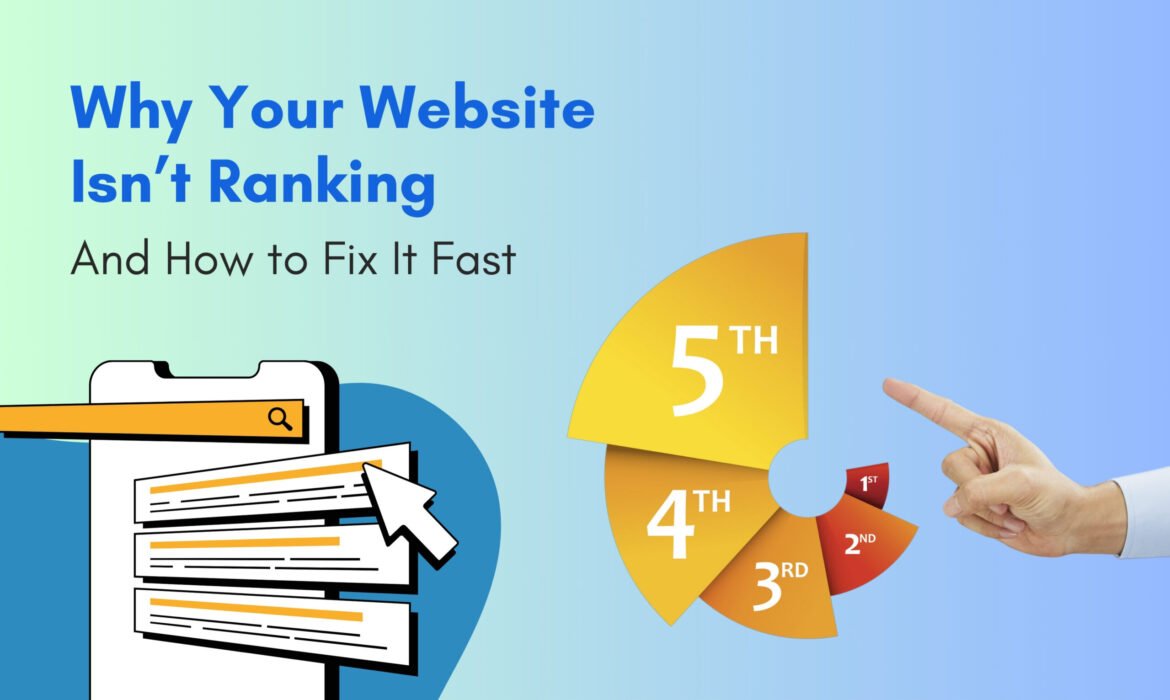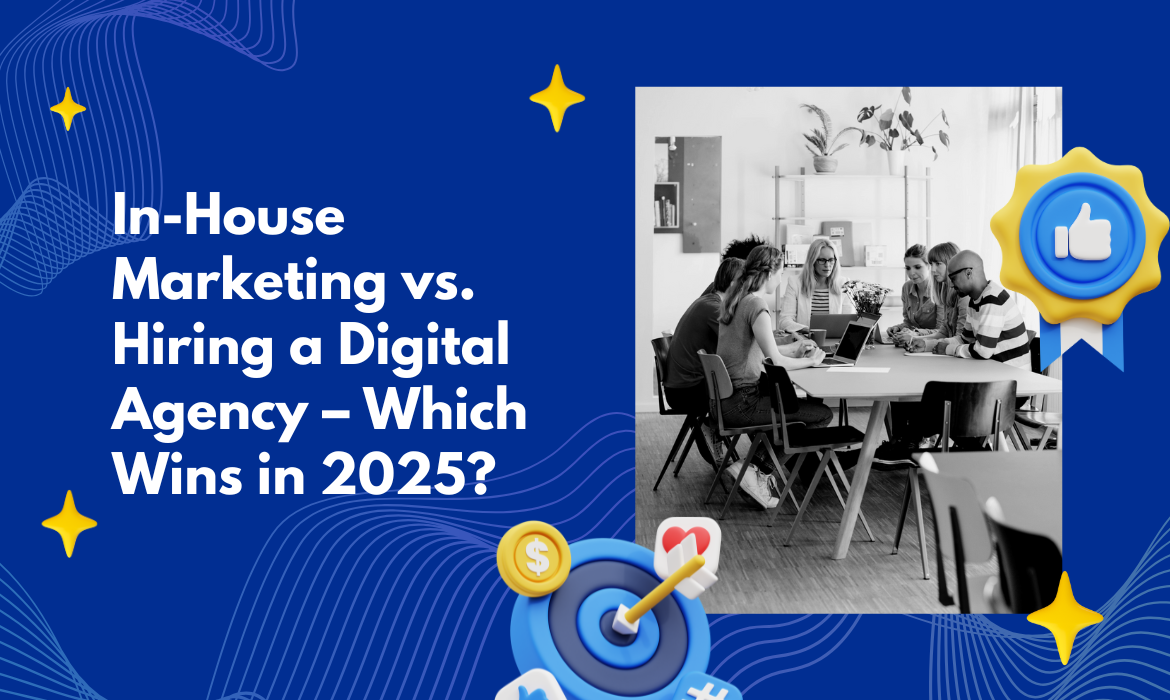
You’ve built a stunning website, your products and services are top-notch, and you’re ready to welcome a flood of visitors. But there’s just one problem — your website isn’t showing up on Google. No visibility, no clicks, no leads. It’s a frustrating place to be, but the good news is: it’s fixable.
At Aimglobal Digital, we recently partnered with Patntech, a client facing this exact problem. Despite having a great offering, their website wasn’t getting any organic traffic. They were missing out on valuable opportunities, especially with potential international clients.
Here’s the story of how we diagnosed the problem, fixed it fast, and helped Patntech turn their website into a lead-generating machine — and how you can do the same for your business.
Step 1: Diagnosing the Hidden Problem — The No-Index Tag
The first thing we did was audit Patntech’s website. And we quickly found the culprit:
The website had a no-index tag.
A no-index tag tells search engines like Google not to include a page (or an entire site) in their search results. It’s a helpful tool during website development, but if it’s left on after launch, it hides your website from the world.
No wonder they weren’t getting any organic traffic!
What we did:
We immediately removed the no-index tag from every important page. This simple but critical fix opened the door for Google to start discovering and ranking the site.
Step 2: Submitting the Sitemap and Indexing the Site
After fixing the no-index issue, we weren’t done yet.
Next, we submitted the website’s sitemap to Google Search Console. A sitemap acts like a blueprint for your site, showing Google exactly which pages it should crawl and index.
We also manually requested indexing for important pages to speed up the process. This helped Google quickly recognize Patntech’s website and start displaying it in search results.
- Sitemap submitted.
- Indexing completed.
- Search engine visibility restored.
Step 3: Fixing Technical SEO Issues
Website speed, mobile usability, and broken links — all of these technical factors impact your site’s SEO performance.
We performed a full technical SEO audit and resolved major issues:
- Improved page load speed for both mobile and desktop.
- Fixed errors and warnings flagged by Google Search Console.
- Optimized images and code to reduce site bloat.
- Enhanced mobile responsiveness for a better user experience.
Result:
Patntech’s website became faster, more user-friendly, and fully compliant with Google’s technical standards — a huge win for SEO.
Step 4: Shortlisting Targeted Keywords
No SEO strategy is complete without the right keywords.
We conducted deep keyword research to find:
- High-volume, relevant search terms.
- Keywords with strong buyer intent.
- Low-competition opportunities for quicker wins.
Once we had our list, we carefully mapped these keywords to the appropriate pages on the website. This created a strong foundation for organic growth.
- Targeted keywords identified.
- Keyword-to-page mapping completed.
Step 5: Content Optimization and On-Page SEO
Next up: Content matters — a lot.
We optimized all major website pages by:
- Improving meta titles and descriptions.
- Using target keywords naturally within headers and body content.
- Adding internal links to strengthen site structure.
- Enhancing content quality with clear CTAs, value-driven messaging, and useful information.
We also completed On-Page SEO tweaks like optimizing alt text for images, fixing URL structures, and ensuring schema markup where necessary.
Result:
The content became more search-engine friendly and more valuable to real users — a powerful combination.
Step 6: Building High-Quality Backlinks
Backlinks (links from other websites pointing to yours) are one of the strongest signals Google uses to rank pages.
We secured high-quality backlinks for Patntech by:
- Submitting the site to relevant business directories.
- Guest posting on authoritative blogs.
- Earning mentions through strategic PR efforts.
- Quality backlinks acquired.
- Domain authority improved
This not only boosted their credibility in Google’s eyes but also helped drive referral traffic from reputable sources.
Step 7: Optimizing the GMB Profile
Local SEO can be a goldmine for service-based businesses, and Patntech was no exception.
We optimized their Google My Business (GMB) profile by:
- Completing all business information accurately.
- Adding high-quality images.
- Encouraging and managing positive reviews.
- Posting regular updates and offers.
Result:
Instead of receiving random spam calls, Patntech started receiving genuine inquiries directly from their GMB listing — a major improvement in lead quality.
The Final Outcome:
After implementing all these fixes and optimizations, the results spoke for themselves:
- Patntech’s website started ranking for targeted keywords.
- Organic traffic increased steadily month over month.
- They started converting international clients.
- Their GMB listing brought in authentic leads, not spam calls.
Through a strategic and thorough SEO approach, we helped turn their website from invisible to an international business magnet — and we can do the same for your brand.
Conclusion: Ready to Get Found Online?
If your website isn’t ranking, don’t just sit and hope for things to change. Act fast — because every day you’re invisible, you’re missing opportunities.
At Aimglobal Digital – best digital marketing agency in bangalore, we specialize in finding what’s holding your site back and fixing it the right way. From technical SEO to keyword strategy, content optimization, and local SEO, we build custom solutions that drive real, measurable growth.
Ready to boost your website’s rankings and start attracting high-quality clients, just like Patntech did?
Reach out to Aimglobal Digital today, and let’s unlock your brand’s true online potential!







